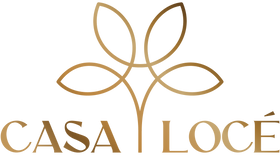Curious About the Difference Between Moscato and Champagne? Comparing the Sweetness, Sparkle, and Style in This Fun Moscato vs Champagne Showdown
At Casaloce.com, we’ve tasted, compared, and celebrated with both masterpieces, and the differences go far beyond the bubbles. From the vineyard to the glass, each brings its personality to the party. In this insider’s guide, we’ll share what we’ve learned firsthand about how sweetness levels, sparkling textures, and cultural style set these wines apart.
Top Takeaways
1. Sweetness vs. Sparkle
-
Both boast unique flavors
2. Pick Based on Occasion
-
Get the best pairings for various dishes.
3. Craft Defines Character
-
Both differ in methods, which makes them unique from each other.
4. Two Distinct Styles
-
Enjoy unique experiences from the two.
5. No rivalry — just the right wine for the right moment.
-
Get the best tasting experiences from both.
Redefining Moscato's Unique Sweetness
This characteristic distinguishes it from other wines owing to its high residual sugar content, which appeals to lovers of sweet wines.
A profusion of rich fragrances like orange blossom, honeysuckle, almonds, ginger, and a pronounced fruity bouquet, occasionally with a musk hint, further heighten Moscato's sweetness. These aromas mingle with Moscato's sweetness, giving rise to an exhilarating sensory experience.
Discovering Champagne's Distinct Sparkle
This bubbly charm is the result of a precise production process, particularly bubble formation.
Renowned for their perfect weather conditions and chalky soil, the Champagne regions stretch across northeastern France. These conditions are prime for the cultivation of grapes used in making champagne. In these vineyards begins the enchantment of champagne's sparkle, continuing through the preparation and fermentation stages.
Bubble formation in champagne involves two steps. Primary fermentation sees the addition of yeast and sugar to the grape juice, transforming it into wine while releasing carbon dioxide. However, this gas escapes, and the wine remains still. Secondary fermentation takes place in a sealed bottle. More yeast and sugar are added, and this time, the carbon dioxide remains trapped, forming the famous bubbles.

Analyzing Moscato's Style and Appeal
Celebrations often feature this complex yet enjoyable beverage. Unravel the captivating aspects of this masterpiece that make it stand out.
-
Ideal for pairing with food: It complements spicy cuisines, desserts, and cheese platters beautifully, transforming ordinary meals into gourmet delights.
-
Perfect serving temperature: Chilled bottles, preferably between 6 to 8 degrees Celsius, offer a refreshing taste.
-
Regional variations: From Italy, Moscato's birthplace, arise several regional variations, each with its distinctive taste.
-
Production methods: Made from Muscat grapes, it typically employs the Charmat method for production, yielding a wine with less alcohol and more sweetness.
Appreciating Champagne's Timeless Elegance
Its roots trace back to northeastern France, where 17th-century monks first concocted this symbol of refinement. Meticulously crafted via Méthode Champenoise, Champagne's distinct taste and effervescence owe their existence to this labor-intensive process coupled with the region's unique climate and soil composition.
To fully savor Champagne's intricacies, one must understand the importance of serving temperature. Enhanced aroma and flavor present themselves best between 7 to 9 degrees Celsius (45 to 48 degrees Fahrenheit), offering a comprehensive experience of the wine's complexity.
Elegance in Champagne extends beyond taste to include visual appeal. Its captivating golden hue, the hypnotic ascent of bubbles, and the captivating sparkles under light collectively contribute to its irresistible charm.
A Taste Comparison
The former has a sweet savor, and frequently bears fruity notes, such as peach, apricot, and orange blossom. The most popular use of it is as dessert wine, particularly with light and fruit based desserts.
The other boasts effervescence with crisp acidity. Celebrations frequently feature this sparkling wine, complementing diverse foods, which also makes it an ingredient in many cocktail recipes.
“At Casaloce.com, we’ve swirled, sipped, and celebrated with both Moscato and Champagne across dozens of tastings—and here’s what our palate has learned: Moscato isn’t just sweet, it’s a sun-soaked celebration in a glass, bursting with florals and orchard fruit. Champagne, on the other hand, is refinement under pressure—its elegance forged through centuries-old méthode tradition and terroir.”
Supporting Facts and Statistics
1. Moscato’s Natural Sweetness
-
Typically contains 5.5% ABV (low alcohol).
-
Fermentation is halted early to retain sugar.
-
Tastes like peach, orange blossom, and honeysuckle.
-
Ideal for dessert lovers or light sippers.
-
🍇 We’ve found it perfect for daytime celebrations or pairing with spicy bites.
2. Champagne’s Signature Sparkle
-
Undergoes secondary fermentation in the bottle.
-
Creates internal pressure up to 6 atmospheres.
-
Fine, persistent bubbles enhance mouthfeel.
-
🎉 In our experience, the bubbles feel celebratory even before the first sip.
3. Unique Champagne Terroir
-
Grown in chalky, fossil-rich soils of northeastern France.
-
Soil retains heat and reflects light for ideal ripening.
-
Contributes to Champagne’s crisp, mineral notes.
-
🥂 We've seen firsthand how terroir defines Champagne's elegance.
✔️ Takeaway:
Both wines are crafted with care, but offer distinct personalities. Moscato is playful and sweet. Champagne is structured and refined. We love both for different reasons and occasions.
Final Thoughts & Opinion
We’ve sipped, swirled, and compared both masterpieces — and here’s what our firsthand experience has taught us:
1. These Two Are Not In a Contest
They aren’t rivals. They’re expressions of two very different wine experiences.
2. Choose for the Moment
Rather than asking “which is better,” ask “what’s the occasion?” Each wine shines in its context.
3. Our Takeaway
Both have a place in your collection — the magic is knowing when to pour each one.
Frequently Asked Questions
What is the main difference between Moscato and Champagne?
The main difference is that Moscato is a sweet, aromatic wine made primarily from Muscat grapes, often lightly sparkling, while Champagne is a dry, complex sparkling wine made from specific grape varieties in France’s Champagne region.
Is Moscato considered a sparkling wine like Champagne?
Yes, Moscato can be lightly sparkling (frizzante) or fully sparkling (spumante), but it generally has less pressure and intensity of bubbles compared to traditional Champagne.
Which wine is typically sweeter: Moscato or Champagne?
Moscato is almost always sweeter than Champagne, which is usually dry (Brut) with crisp acidity and very little residual sugar.
What grapes are used to make Moscato and Champagne?
Moscato is made from Muscat grapes, known for their floral and fruity character, while Champagne is made from a blend of Chardonnay, Pinot Noir, and Pinot Meunier.
How do the flavors of Moscato and Champagne differ?
Moscato offers vibrant notes of peach, orange blossom, and honey, whereas Champagne presents flavors of citrus, green apple, brioche, and almond with a more refined complexity.
Which is better for dessert: Moscato or Champagne?
Moscato is the better choice for dessert due to its sweetness and fruity charm, while Champagne is often enjoyed as an aperitif or paired with savory dishes and cheese.
What is the difference in alcohol content between Moscato and Champagne?
Moscato typically has a lower alcohol content, often around 5–7%, whereas Champagne usually ranges between 12–12.5%, making it stronger and drier.
Is Moscato ever used for celebratory toasts like Champagne?
Moscato can be used for casual toasts or festive gatherings, especially for those who prefer sweeter wines, but Champagne remains the classic choice for formal celebrations and milestones.
How are Moscato and Champagne made differently?
Champagne undergoes a second fermentation in the bottle using the traditional méthode champenoise, while Moscato often uses the Charmat method, producing its bubbles in pressurized tanks for a lighter, fruitier style.
Which wine is generally more expensive: Moscato or Champagne?
Champagne is usually more expensive due to its longer aging process, strict regional regulations, and production method, while Moscato is typically more affordable and easy-drinking.
Can both wines be served in the same type of glass?
While both can be served in a flute to preserve bubbles, Moscato may also be enjoyed in a white wine glass to enhance its fruity aromatics, whereas Champagne benefits from a tulip-shaped flute or coupe.
What does Casaloce.com recommend for choosing between Moscato and Champagne?
Casaloce.com recommends choosing Moscato when you want something sweet, light, and fun, and reaching for Champagne when you prefer dry, elegant bubbles that mark a special occasion with timeless style.
Join us for a look into our elegant approach to winemaking and gracious hospitality. We welcome our members and their guests by appointment only. Become a member or book an event by visiting CasaLoce.com
Casa Locé
Upper Ojai California
10065 N Ojai Rd, Ojai, CA 93023
https://maps.app.goo.gl/E7YQCnXAFHq1bKz46




